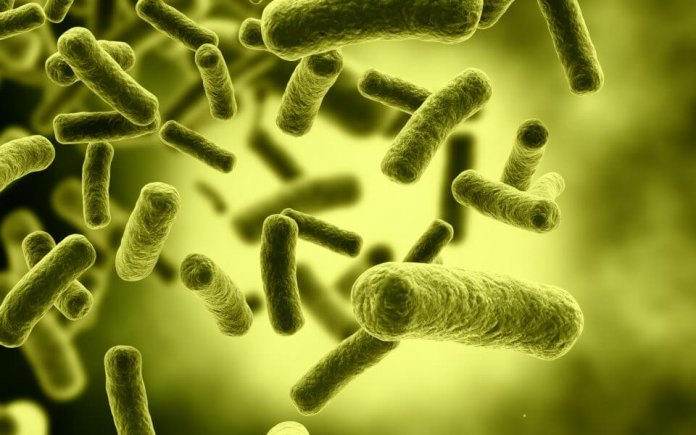You may never have heard of microorganisms such as Bauman's akinetobacterium, Pseudomonas aeruginosa, or enterobacteria. But these three killers topped the official list of bacteria for which new drugs are badly needed. It was compiled by the World Health Organization (WHO) and contains 12 bacteria and bacterial families. Moreover, the names from the top 3 are included in the critically dangerous category.
Rating most dangerous superbugs is not intended to scare people. This is a signal to researchers and pharmaceutical companies about what their priorities should be.
Here's what a complete collection of antibiotic-resistant organisms looks like, ranked by priority of importance from medium to critical.
12. Pneumococci
Resistance: to penicillin
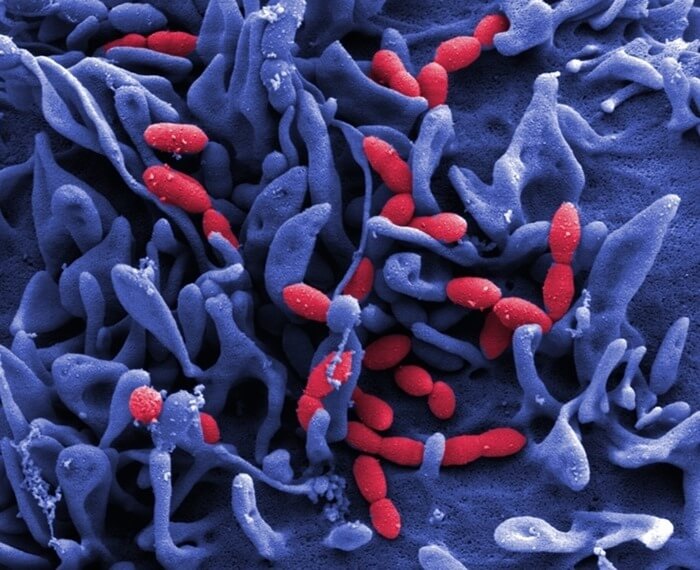 These bacteria can cause many types of diseases, including: pneumonia (pneumonia), ear and sinus infections, meningitis (infections of the lining of the brain and spinal cord), and carbuncle (blood poisoning). Pneumococcal bacteria are spread through coughing, sneezing, and close contact with an infected person.
These bacteria can cause many types of diseases, including: pneumonia (pneumonia), ear and sinus infections, meningitis (infections of the lining of the brain and spinal cord), and carbuncle (blood poisoning). Pneumococcal bacteria are spread through coughing, sneezing, and close contact with an infected person.
11. Haemophilus influenzae
Resistance: to ampicillin
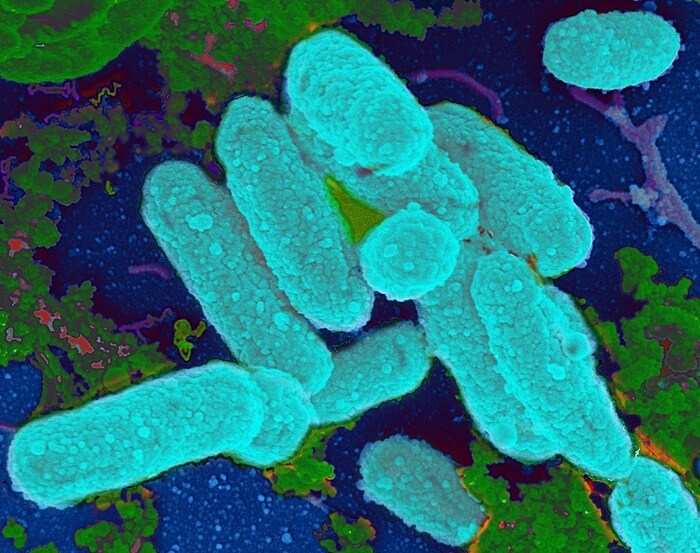 These organisms can cause infections in people of all ages, ranging from mild infections such as ear infections to severe infections such as bloodstream infections.
These organisms can cause infections in people of all ages, ranging from mild infections such as ear infections to severe infections such as bloodstream infections.
10. Shigella
Resistance: to fluoroquinolone
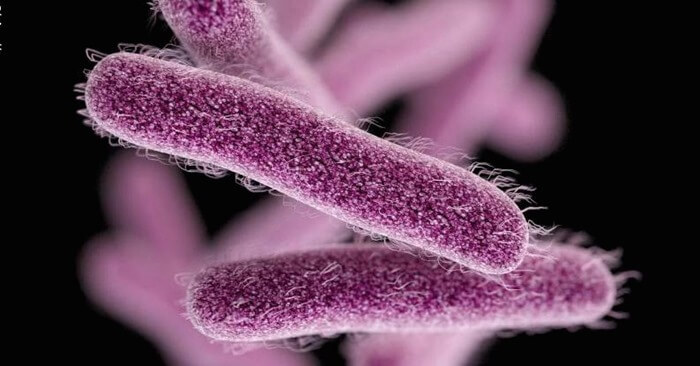 This group of bacteria causes a disease called shigellosis. Most people with shigellosis complain of diarrhea, fever, and stomach cramps. Dysentery usually lasts 5 to 7 days. This disease can be avoided with frequent and thorough hand washing with soap and hygiene.
This group of bacteria causes a disease called shigellosis. Most people with shigellosis complain of diarrhea, fever, and stomach cramps. Dysentery usually lasts 5 to 7 days. This disease can be avoided with frequent and thorough hand washing with soap and hygiene.
9. Enterococci fetium
Resistance: to vancomycin
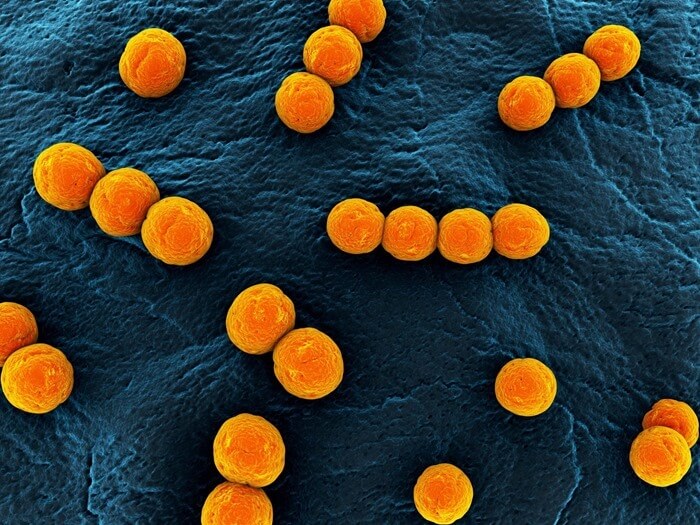 Enterococci are part of the normal intestinal flora in a large number of mammals, and these microbes are currently used as indicators
Enterococci are part of the normal intestinal flora in a large number of mammals, and these microbes are currently used as indicators
contamination by faeces of water and food. These organisms are considered to be one of the main causes of nosocomial and infectious diseases due to their ability to survive in the environment and their intrinsic resistance to antimicrobial drugs. Often cause infections of the genitourinary organs.
8. Staphylococcus aureus
Resistance: methicillin, neutral and vancomycin resistant
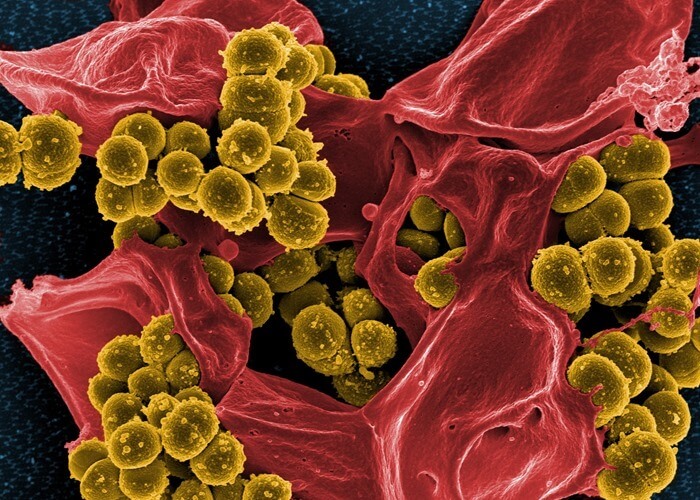 This pathogen causes a wide range of clinical infections. It is the leading cause of infective endocarditis and skin and pleuropulmonary infections.
This pathogen causes a wide range of clinical infections. It is the leading cause of infective endocarditis and skin and pleuropulmonary infections.
7. Helicobacter pylori
Resistance: to clarithromycin
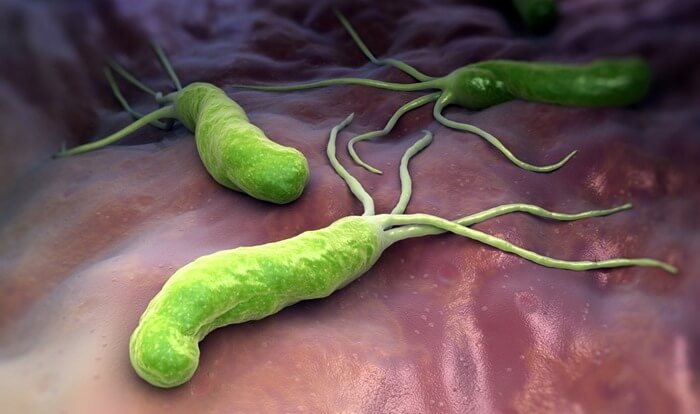 In 2005, a link was proven between this bacterium and the occurrence of stomach and intestinal ulcers. This microorganism, 3 microns in size, is the only one of its "brothers" able to survive and multiply in the acidic environment of gastric juice.
In 2005, a link was proven between this bacterium and the occurrence of stomach and intestinal ulcers. This microorganism, 3 microns in size, is the only one of its "brothers" able to survive and multiply in the acidic environment of gastric juice.
6. Campylobacter
Fluoroquinolone resistance
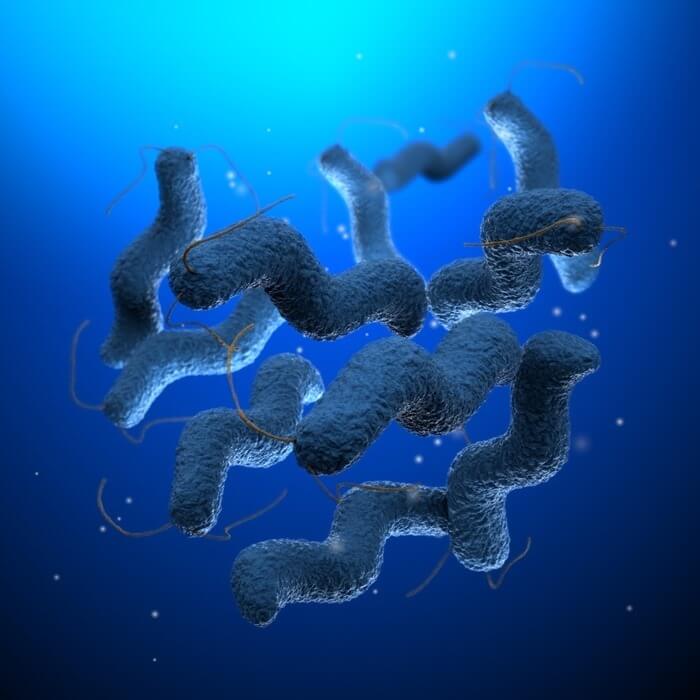 In the sixth place in the ranking of the most dangerous bacteria resistant to antibiotics are microorganisms from the genus Campylobacter.They cause campylobacteriosis, an infectious disease that causes diarrhea, cramps, abdominal pain, and fever. Diarrhea can be bloody and "complemented" by nausea and vomiting. The illness usually lasts about a week
In the sixth place in the ranking of the most dangerous bacteria resistant to antibiotics are microorganisms from the genus Campylobacter.They cause campylobacteriosis, an infectious disease that causes diarrhea, cramps, abdominal pain, and fever. Diarrhea can be bloody and "complemented" by nausea and vomiting. The illness usually lasts about a week
5. Salmonella
Resistance: to fluoroquinolone
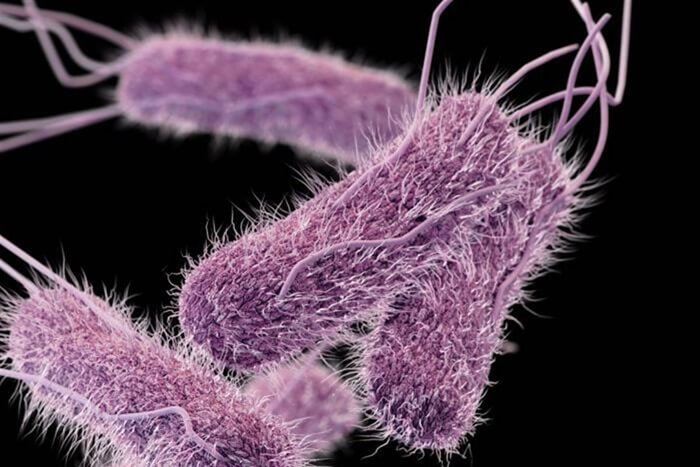 People infected with salmonella develop diarrhea, fever, and abdominal pain 12 to 72 hours after infection. Most people recover without treatment in 4-7 days. However, some people have diarrhea so severe that they have to be hospitalized.
People infected with salmonella develop diarrhea, fever, and abdominal pain 12 to 72 hours after infection. Most people recover without treatment in 4-7 days. However, some people have diarrhea so severe that they have to be hospitalized.
4. Gonococci
Resistance: to fluoroquinolone and cephalosporin
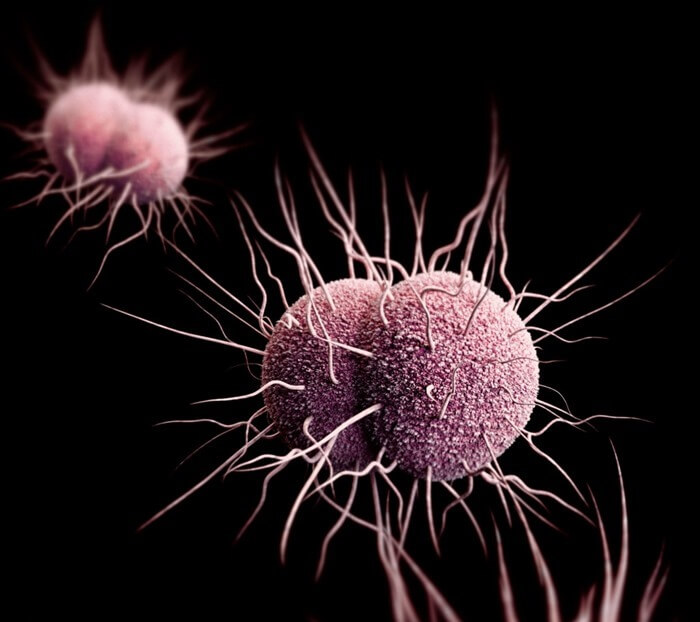 It is these bacteria that should be "thanked" to those who have gonorrhea. Well, and also a sexual partner, since gonorrhea is transmitted mainly sexually (another way of transmission is through personal belongings).
It is these bacteria that should be "thanked" to those who have gonorrhea. Well, and also a sexual partner, since gonorrhea is transmitted mainly sexually (another way of transmission is through personal belongings).
3. Akinetobacter Bauman
Resistance: to carbapenems
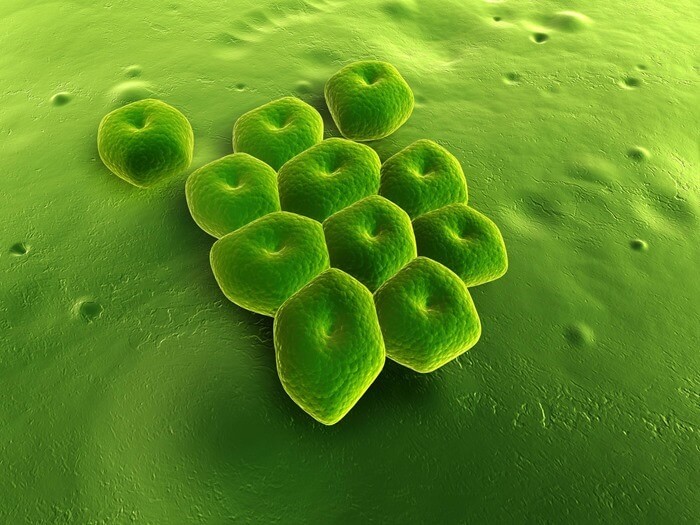 Acinetobacter baumannii, the most important member of the Acinetobacter genus, is one of the most dangerous pathogens for healthcare facilities worldwide. It has the ability to rapidly acquire antibiotic resistance, making it one of the most important superbugs threatening the current antibiotic era. The most common infection with this microbe is hospital-acquired pneumonia.
Acinetobacter baumannii, the most important member of the Acinetobacter genus, is one of the most dangerous pathogens for healthcare facilities worldwide. It has the ability to rapidly acquire antibiotic resistance, making it one of the most important superbugs threatening the current antibiotic era. The most common infection with this microbe is hospital-acquired pneumonia.
2. Pseudomonas aeruginosa
Resistance: to carbapenems
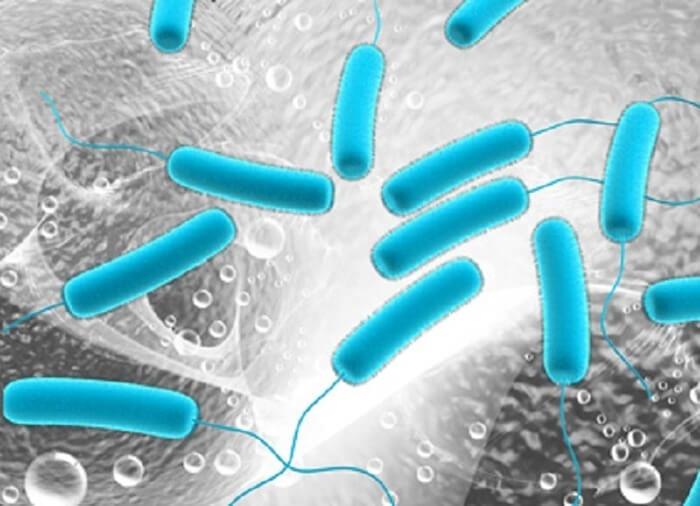 A pathogen affecting immunocompromised patients. Pseudomonas aeruginosa is known as a leading cause of morbidity and mortality in patients with cystic fibrosis and as one of the leading causes of nosocomial infections.
A pathogen affecting immunocompromised patients. Pseudomonas aeruginosa is known as a leading cause of morbidity and mortality in patients with cystic fibrosis and as one of the leading causes of nosocomial infections.
1. Enterobacteriaceae, including Klebsiella, Escherichia coli, Serrata and Proteus
Resistance: to carbapenems and extended-spectrum beta-lactamase-producing strains
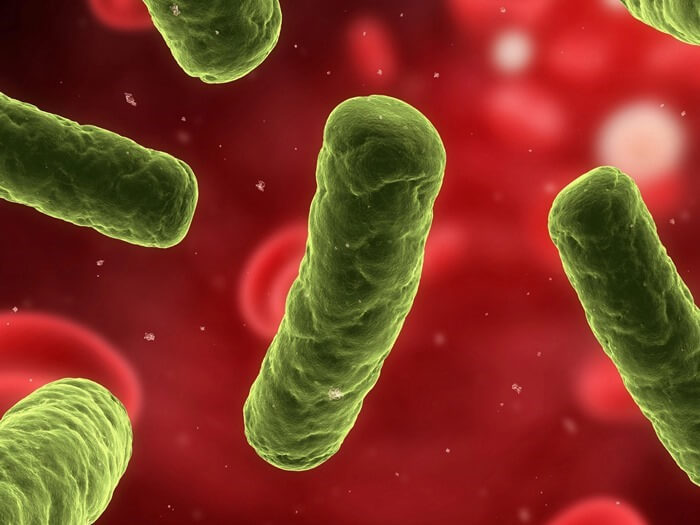 Like the previous two participants in the list of the most dangerous bacteria of our time, enterobacteria are classified as gram-negative bacteria that are resistant to many drugs. They are not widespread, but they cause serious, often fatal infections, especially in people with weakened immune systems, such as from chemotherapy or organ transplants. The most dangerous strains have recently become resistant to a class of antibiotics called carbapenems. These were the only drugs that previously effectively killed enterobacteriaceae, Pseudomonas aeruginosa and Bauman's akinetobacterium.
Like the previous two participants in the list of the most dangerous bacteria of our time, enterobacteria are classified as gram-negative bacteria that are resistant to many drugs. They are not widespread, but they cause serious, often fatal infections, especially in people with weakened immune systems, such as from chemotherapy or organ transplants. The most dangerous strains have recently become resistant to a class of antibiotics called carbapenems. These were the only drugs that previously effectively killed enterobacteriaceae, Pseudomonas aeruginosa and Bauman's akinetobacterium.
One pathogen, with antibiotic resistance, was not included in the WHO compilation. We are talking about mycobacterium tuberculosis. The problem of drug-resistant tuberculosis is well known, and the purpose of the WHO ranking was to highlight threats that are not yet widely recognized.

